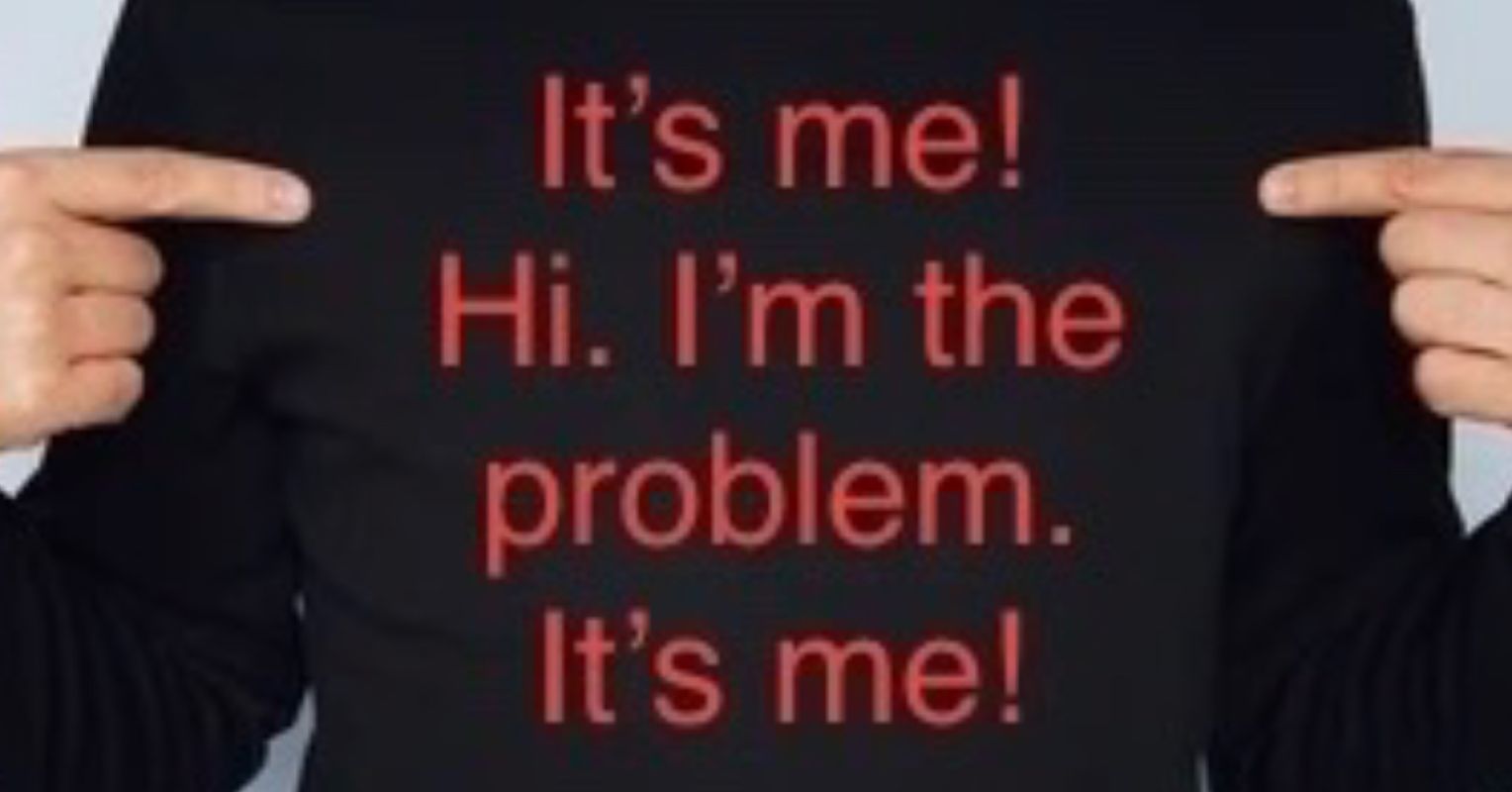
"Shame is an inhibitory emotion on the Change Triangle, the tool that teaches us about emotions. Shame is an emotion designed to keep us from acting in ways that get us banished from the people and groups we need, like our family, peer groups, religious groups, and communities. But when we grew up in environments that harshly punished us for our mistakes, shame tells us to keep our mistakes hidden, lest we "pay the price." That's how shame blocks accountability."
"When Mark pouted, Alison got defensive, "You're such a jerk! You don't care about me. All you care about is yourself!" Her retort worsened their fight and their disconnectedness. But Mark was allowed to be hurt. Feelings just are! And, in truth, Alison was leaving him alone, which he didn't like. Over time, she became self-aware that when Mark pouted, her came up because it felt like he was trying to hold her back."
Owning mistakes, flaws, and transgressions is difficult and often leads people to defend, deflect, blame, or adopt self-righteous indignation. Shame functions as an inhibitory emotion that discourages actions that risk social banishment, especially when childhood environments harshly punished errors. Shame instructs people to hide mistakes to avoid 'paying the price,' thereby blocking accountability. Shame produces intense pain that makes being seen as selfish, hurtful, or fallible seem unbearable. The Change Triangle labels shame and helps build awareness of emotions. Increased emotional awareness allows people to notice reactions, reduce defensiveness, and make steadier, calmer decisions in relationships.
Read at Psychology Today
Unable to calculate read time
Collection
[
|
...
]